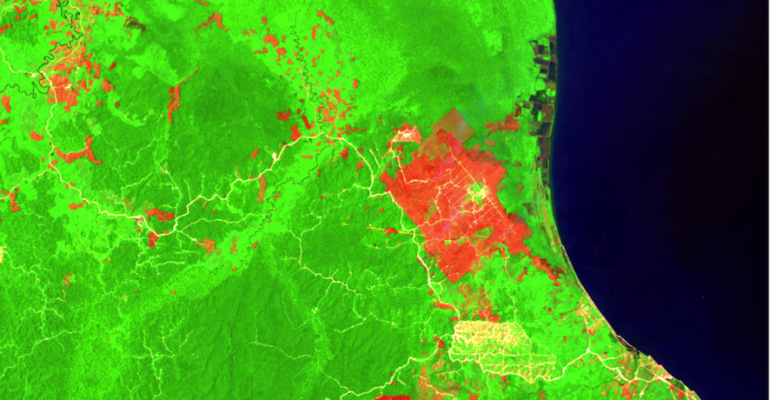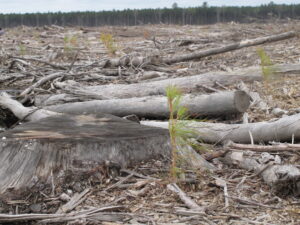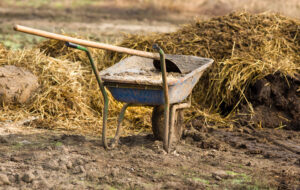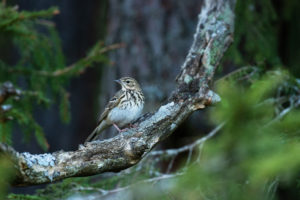GRAS – a tool to guarantee sustainable bioenergy
By guest authors Mohammad Abdel-Razek, Jan Henke, Pascal Ripplinger, GRAS Global Risk Assessment Services GmbH
The International Panel on Climate Change (IPCC) acknowledges that “bioenergy has a significant greenhouse gas (GHG) mitigation potential, provided that the resources are developed sustainably”. True, the only way bioenergy should be allowed to contribute to climate protection is if it protects biodiversity and high carbon stock areas (like forests) as well as the social and labor rights of communities. But how can we guarantee that biomass is produced sustainably? Here’s where the GRAS tool can serve as one of the solutions.
Verifying and monitoring sustainable biomass production is not easy. Mostly because it’s difficult to access comprehensive, reliable and geo-referenced data on factors like biodiversity, carbon stock and social issues. On top of this, Land Use Change (LUC) which can lead to lost carbon stocks and losses in biodiversity (e.g., conversion of forests or wetlands to agricultural land) can reduce the positive impacts on GHG mitigation or can even lead to emission increases. To be sure this doesn’t happen on an agricultural and plantation level, a risk assessment and picture of LUC over time are needed.
We, the GRAS – Global Risk Assessment Services have developed the innovative and easy-to-use online GRAS tool which can detect LUC – through an automated system of satellite monitoring, developed in collaboration with experts from the German Aerospace Center (DLR). GRAS provides comprehensive sustainability-related information on biodiversity, carbon stocks, LUC and social indices which you can see by clicking on different overlapping visual layers. GRAS offers analysis of up-to-date satellite imagery, without the need for remote sensing expertise, so that users can identify areas of forest or grassland that have been converted into agricultural cropland. It can increase the confidence that bioenergy is being produced in a sustainable manner while, allowing detection of those producers having negative impacts on GHG mitigation and biodiversity conservation.
The GRAS web-tool goes beyond the simple display of LUC maps. Stakeholders can verify the occurrence of LUC using a simple to interpret, yet powerful, greenness index called the Enhanced Vegetation Index (EVI). With EVI time series from 2000 until today, one can differentiate among different types of green cover, monitor land use over time, and most importantly detect LUC. EVI time series can detect deforestation, replanting activities, grassland conversion and cropping activities. GRAS is already being used to verify deforestation-free palm oil plantations and supply chains. It can also be seen as a monitoring tool for areas like Natura 2000 sites to check that no illegal land use activities took place.
The following examples demonstrate how GRAS can be used to monitor LUC over time. The first figure shows where natural forest was removed and replaced with a palm plantation. Therefore, proving this plantation is incompliant with, for instance, the EU RED sustainability criteria since the palm oil was planted after the January 2008 within a naturally forested area. The second example shows another GRAS application, developed together with BirdLife, to detect grassland conversion over time in Europe. The image shows grassland converted to maize in the red marked areas (Fig. 2) while the EVI time series proves that the conversion took place in 2009.

Figure 1. Forest converted to a palm oil plantation

Figure 2. Grassland conversion in Europe
These examples show how GRAS offers a much needed solution to help ensure that bioenergy is being produced sustainably. It could also be further developed to assist in the monitoring of important sites for biodiversity like Natura 2000. At the moment, such GRAS analyses can be performed easily and quickly by companies, NGOs and authorities for any country already covered by GRAS and for all types of crops and LUC. But its development is an ongoing process so additional functions (e.g., detection of grassland conversion in South America or in small scale agriculture) and information layers and countries can be added to the tool.
We also encourage more stakeholders to get involved so that it becomes a global tool which encourages sustainable bioenergy.
Any comments and questions please feel free to contact: Dr. Jan Henke| +49 221 1396448 | henke@gras-system.org
GRAS has been supported by the German Federal Ministry of Food and Agriculture through its Agency for Renewable Resources (FNR).
Note: The views and opinions expressed in this guest blog post are those of the author and not necessarily supported by BirdLife Europe/EEB/T&E.





